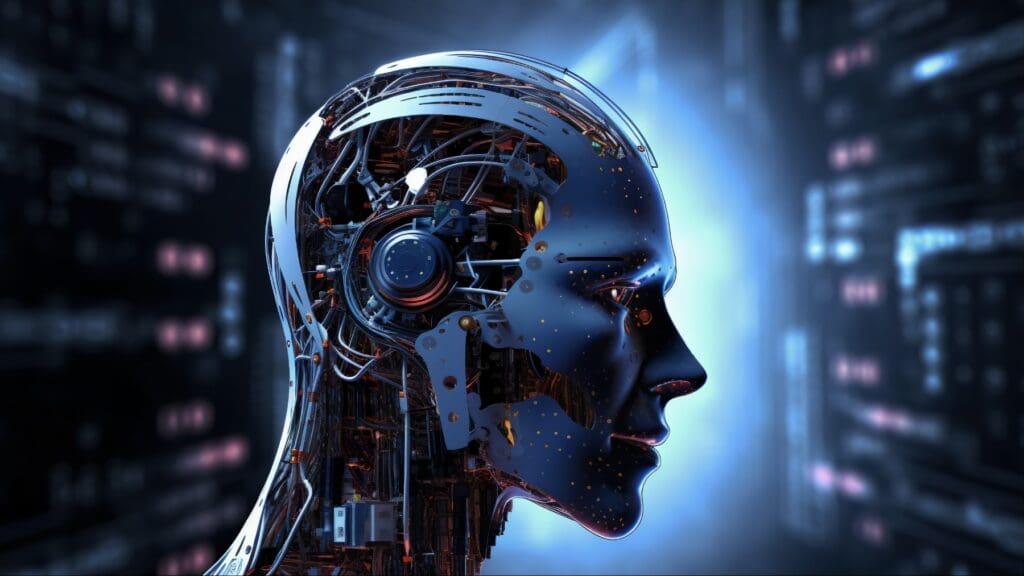Synthetic Intelligence (AI) has change into one of the impactful applied sciences in our lives. It doesn’t simply assist us with analysis anymore—it generates movies, writes content material, creates photos, and typically even influences what we predict. However behind this revolution lies a quieter, but simply as devastating disaster: vitality consumption.
In keeping with a complete examine by MIT, producing only a 5-second AI-generated video consumes as a lot vitality as working a microwave for an hour. And that’s just the start.
The Hidden Price of AI: Power Consumption

Lately, vitality effectivity has change into one of the debated points. We’re already on the sting of a world local weather disaster, but the AI applied sciences that humanity is investing in are opening up a completely new period of vitality use.
Tech giants like Google, Microsoft, OpenAI, and Apple at the moment are investing in nuclear energy crops to gasoline AI operations. It’s estimated that in only a few years, AI programs might devour as a lot vitality as 22% of all U.S. households. That is not only a technological subject—it’s an moral one. How a lot vitality is used simply to ask a easy AI query?
How A lot Power Does AI Use?

Once you ask an AI mannequin one thing easy like, “Can you intend a 3-day journey to Istanbul for me?”, what’s the vitality footprint behind it? In keeping with MIT Expertise Evaluate, the reply relies on the dimensions of the mannequin, the {hardware} it’s working on, and even the placement and time of day of your question.
For instance, Meta’s open-source LLaMA 3.1 mannequin in its small model (8 billion parameters) consumes about 114 joules for a single response—that’s equal to working a microwave for 0.1 seconds. However its giant model with 405 billion parameters raises the consumption to six,700 joules, or 8 seconds of microwave use.
In terms of AI video era, the numbers skyrocket. A single 5-second video created by an open-source mannequin consumes round 3.4 million joules—equal to working a microwave for over an hour or driving an e-bike for 60 kilometers. And these are single-use instances!
Why Does AI Eat So A lot Power?

The first purpose behind AI’s excessive vitality calls for is the {hardware}. Chips like NVIDIA’s H100, A100, and the newer Blackwell GPUs are extremely highly effective—and power-hungry. AI fashions usually run on dozens, if not a whole lot, of those GPUs, which considerably will increase general consumption.
Nonetheless, the true drain usually comes not from lively use, however from protecting fashions continually on-line. These programs are all the time working in large knowledge facilities, a lot of which function 24/7. Sarcastically, most corporations don’t disclose how a lot vitality they devour. Tech giants like OpenAI, Google, and Microsoft deal with this knowledge as a commerce secret, leaving unbiased researchers to make tough estimates primarily based on open-source fashions.
Calculating AI’s Power Use: A Black Field

So what number of joules does it take for ChatGPT to reply a query? There’s no easy reply. It relies on:
Which knowledge heart processed the question?
Was it powered by photo voltaic, pure gasoline, or one thing else?
How lengthy did the method take?
What mannequin was used?
This lack of transparency makes it almost not possible to measure the true vitality footprint of AI utilization.
Shoppers Pay the Worth

What’s extra surprising is that common individuals are footing the invoice. A Harvard College examine revealed that knowledge facilities usually obtain discounted vitality charges, with the price handed on to shoppers. For instance, in Virginia, a typical family pays as much as $37.50 extra monthly on their vitality invoice due to such preparations.
And but, this growing consumption continues to be being marketed as “progress.” Corporations like Microsoft, Meta, and Google are investing in nuclear vitality, whereas OpenAI’s Stargate venture plans to spend $500 billion—greater than the Apollo program—to construct future knowledge facilities.
Is Sustainable AI Potential?

With its present design, sustainable AI appears almost not possible. Right this moment’s fashions are optimized for optimum efficiency, not effectivity. Each textual content output, each video clip gives solely seconds of satisfaction, but leaves behind a big vitality path.
What’s the way in which out?
Transparency should come first. Main AI corporations ought to overtly share their vitality utilization knowledge.
Subsequent comes environment friendly mannequin design. In keeping with Microsoft, we should take into account not simply GPU utilization, however your entire system structure—growing fashions that do extra with fewer parameters.
Some researchers envision AI as a possible resolution to the vitality disaster, serving to with local weather predictions, city planning, and useful resource administration. However for that imaginative and prescient to change into actuality, we should first ask ourselves truthfully:
Is at the moment’s AI actually an answer, or simply the beginning of a brand new sort of drawback?
AI presents unprecedented entry to info, however behind that comfort lies a rising vitality monster. Each query we ask, each picture we create, provides weight to the worldwide vitality equation.
AI is reshaping not simply how we predict—however how the world is powered. And that shift is already exhibiting up on our utility payments.
You May Additionally Like;
Observe us on TWITTER (X) and be immediately knowledgeable concerning the newest developments…
Copy URL








